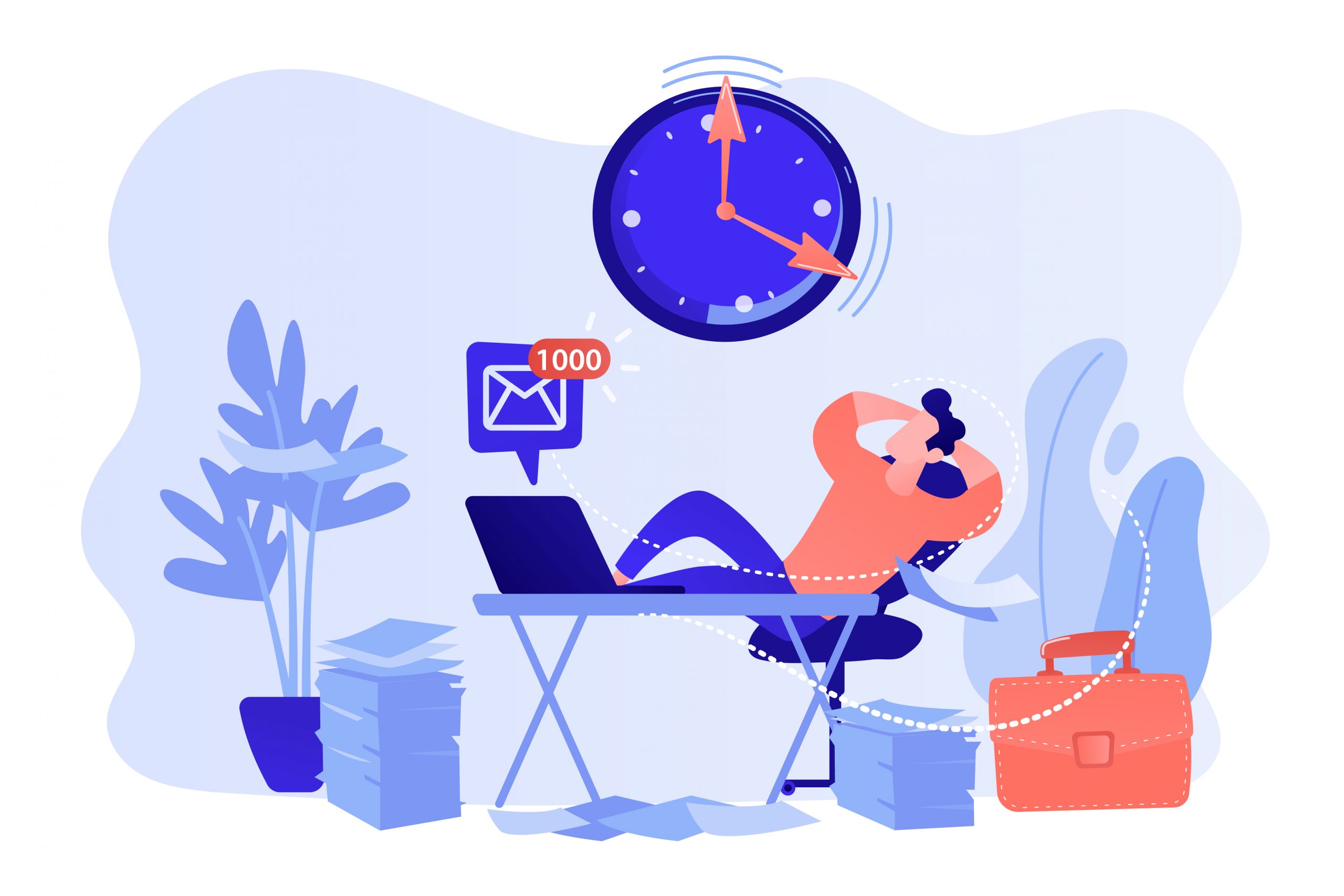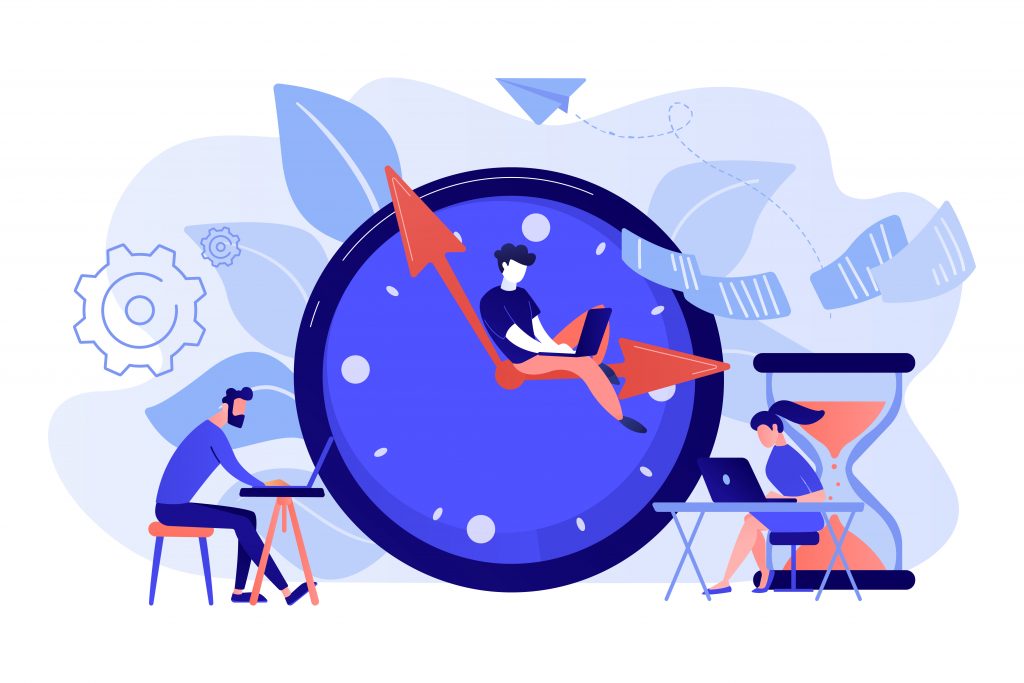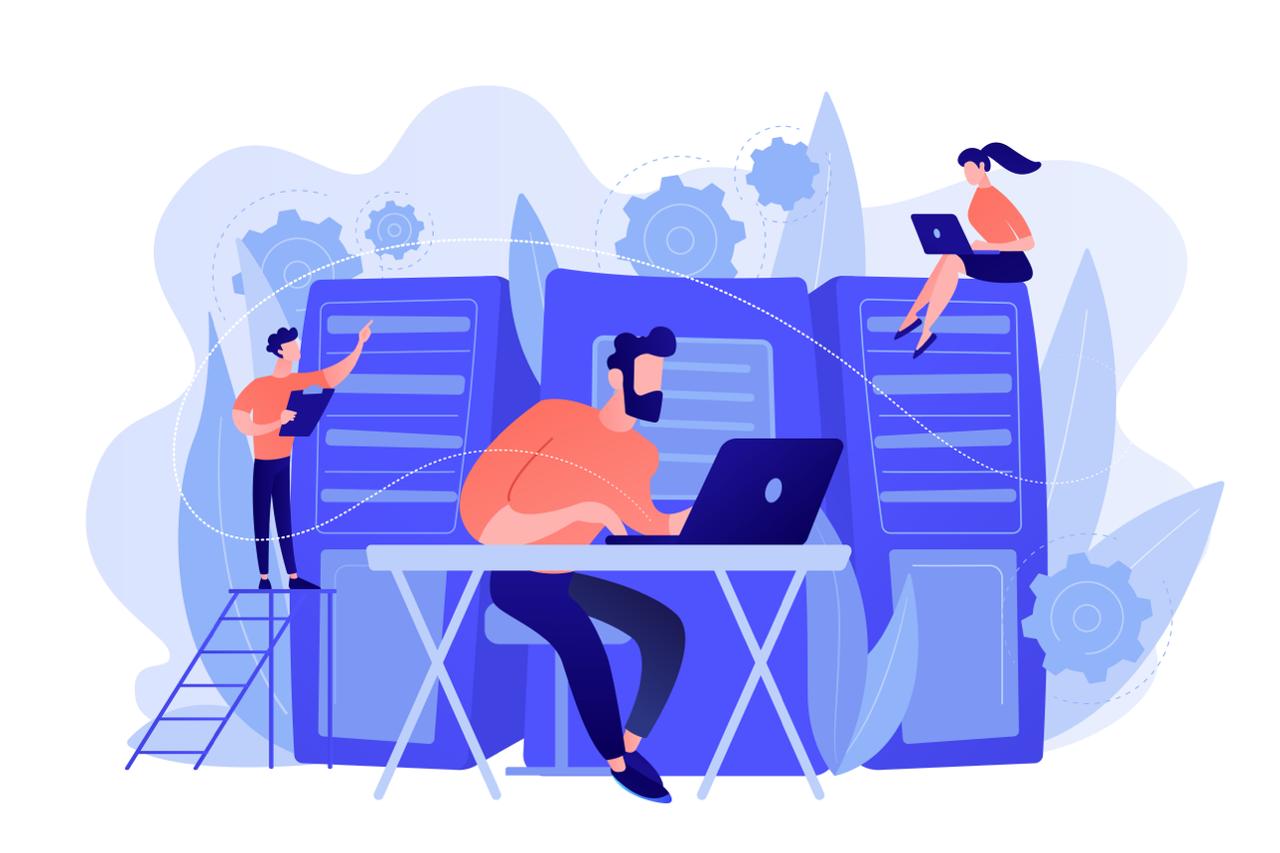
What is a Full-Time
In today’s world, work occupies an important place in most people’s lives, and understanding the various forms of employment is…
In today’s world, work occupies an important place in most people’s lives, and understanding the various forms of employment is becoming important for employers and employees. One of the most common forms of employment is full-time. This model involves performing work duties for a set number of hours per week – usually 40. A full-time job provides employees with a stable income and social guarantees and creates certain expectations regarding working hours and responsibilities. In this article, we will look at the key characteristics of a full-time job, its advantages and disadvantages, and its impact on the professional life of employees and the corporate culture in companies.
Working Time Standards: Full and Part-Time
Working time is defined as time:
1. During this time, employees must stay at the workplace (in another place agreed upon with the employer) and perform their work duties.
2. During this time, the employee performs his duties outside the working hours established in the company at the employer’s direction or by notifying the employer.
Companies are required to normalize working hours for a week – this is called a “work week” and for a day – this is called a “work day” or “work shift”.
The Ministry of Labor and Social Protection of Belarus determines the norms of full working hours for each calendar year. Such standards are established for five-day (with two days off) and six-day (with one day off) working weeks. For example, the standard working time for a five-day working week with weekends on Saturday and Sunday for 2024 is 2016 hours, and for 2025 – 2007 hours. These are the maximum working hours; work more than these standards will require justification and compensation from the employer.
Full and Reduced Working Hours
The normal working day can be full or shortened. By default, companies apply the full length of the working week, but they can set another one in the company’s internal rules.
The normal weekly working time is 40 working hours per week, no more. For some groups of employees, it is necessary to set reduced working hours. For example, workers aged 16 to 18 and disabled people of groups I and II can work no more than 35 hours a week.
Full-Time
The full working day is calculated from the full weekly working time established in the Labor Code – no more than 40 hours per week. For certain categories of workers, the daily standard of working time is determined by the state. It applies to those employees who have a reduced weekly working time limit.
Signs that an Employee Should Work Full-Time
Here are the signs that the employee has a full-time job:
1. The beginning and end of the working day are prescribed in the employment contract or the agreement concluded with the employee, in the rules of the internal labor regulations of the company with which the employee was acquainted. In total hours, this period is eight working hours + time for a break for rest and meals. It is impossible not to provide such a break to an employee.
2. The employee works 40 hours a week. At the same time, working hours are reduced by one hour before public holidays or holidays declared non-working in Belarus.
3. The employee’s days off are usually Saturday and Sunday.
4. The employment contract does not specify that the employee must work part-time.
5. The salary in the employment contract is indicated based on full employment (it is not part of the rate).
6. The employee performs the tasks provided for a full-fledged workload during an 8-hour working day.
7. The employee is present at the workplace or at another place designated by the employer during the full working day, while the start and end times of the working day may be flexible or firmly defined.
What are the Advantages of Full-Time for an Employer and an Employee
The benefits of a full-time job vary for employers and employees and ensure the stability and predictability of the work process. Let’s look at them in more detail.
Benefits for Employers
1. Stability and Efficiency
A full-time job ensures the regular presence of employees at the workplace, simplifying process management and allowing you to achieve higher results due to a stable workload.
2. Control and Coordination
Since all employees work on a single schedule, it is easier to control task completion and coordinate teamwork. It contributes to the prompt resolution of emerging issues.
3. Minimization of Training Costs
Full-time permanent employees are less likely to need retraining and adaptation and can also train new employees, reducing the cost of staff training.
4. Loyalty and Attachment to the Company
Full-time employees are more likely to feel part of the company, which increases their loyalty and reduces staff turnover.
Benefits for Employees
1. Financial Stability
A full-time job guarantees a stable income in the form of a competitive salary. In this case, the employer transfers pension contributions in full to the Social Protection Fund, which has a positive effect on the size of the future pension.
2. Professional Development
Regular employment allows you to dive deeper into work tasks, develop skills, and gain experience, which increases your chances of career growth.
3. Strengthening Professional Relations
Constant communication with colleagues and participation in corporate life helps expand the contacts network and strengthen team spirit.

How does Full-Time Affect the Professional Life of Employees
Full-time work is a standard form of employment that involves performing work duties for 8 hours, 5 days a week. Although it is the norm for most, such a regime has a different impact on workers depending on their field of activity, personal circumstances, and the level of work organization. Let’s look at the key aspects of a full-time job’s impact on employees’ working lives.
Positive Impact
1. Financial Stability
Full-time employment provides a stable income and social guarantees, which creates confidence in the future.
2. Clear Structure of the Day
A strict schedule helps build a workflow and personal plans, contributing to discipline and productivity.
3. Social Interactions
Full-time teamwork helps to establish professional and personal contacts, which can positively affect the atmosphere of the team.
4. Career Development
Full-time employment provides more opportunities for training, professional development, and career growth. Employers are more likely to offer such conditions to those ready for a full workload.
Negative Impact
1. Fatigue and Burnout
Working long without enough rest can lead to physical and emotional burnout. This is especially true for professions with a high degree of stress.
2. Limitation of Personal Time
A full-time job often leaves little time for family, hobbies, and other personal activities, which can reduce life satisfaction.
3. Reduced Productivity
Research shows employee productivity decreases when overworking or monotonous work for a long time without interruptions.
4. Problems with Work-Life Balance
Difficulties in separating work and personal responsibilities can lead to stress and negatively affect psychological health.
How to Minimize the Negative Consequences
Organization of Labor
Flexible working hours and the ability to work remotely help reduce stress levels and increase employee satisfaction.
Regular Breaks and Rest
Introducing short breaks during the working day helps restore strength and improve concentration.
Support from the Employer
Health protection programs, stress management training, and professional development opportunities help keep employees motivated and increase loyalty.
How does Full-Time Affect the Corporate Culture of a Company
Full-time work has a significant impact on the company’s corporate culture. Its impact can be positive and negative, depending on how the organization manages work processes and relationships. Here are the key aspects of influence:
1. Formation of Discipline and Structure
- Positive impact: A full-time job helps establish a clear schedule, which can improve discipline and work organization.
- Negative impact: Strict schedules can reduce flexibility and create stressful situations for employees, especially if the work requires creativity or variability.
2. Collective Interaction
- Positive impact: Full-time work promotes constant personal interaction between employees, which strengthens team spirit, improves communication, and promotes knowledge sharing.
- Negative impact: A constant presence in the office can cause overload and emotional burnout, which worsens the team’s atmosphere.
3. Loyalty to the Company
- Positive impact: Full-time employees can get more involved in corporate events and feel more committed to the company.
- Negative impact: Congestion and lack of work-life balance can cause dissatisfaction and increase staff turnover.
4. Development of Corporate Values
- Positive impact: A constant presence on the team allows employees to better integrate into the company’s corporate culture and values.
- Negative impact: A culture focused only on control and productivity can lead to a toxic environment.
5. Quality and Productivity of Work
- Positive impact: Employees can achieve better results in a well-managed environment thanks to a clear schedule and expectations.
- Negative impact: A tight schedule can reduce productivity due to fatigue and insufficient time to rest.
6. Flexibility and Adaptability
Modern companies often experiment with flexible schedules or remote work to increase employee motivation and satisfaction, especially in the changing world of work.
Conclusion
A full-time job has its pros and cons. It provides employees with financial stability and a clear structure, but it can negatively affect their health and personal lives. To minimize risks, it is important for employees to keep a balance between work and rest and for employers to create conditions conducive to their well-being.
Full-time work influences the company’s corporate culture as a structuring factor, but its effectiveness depends on the company’s approach to personnel management and the creation of comfortable working conditions. A balance between demanding and supportive employees is key to a successful corporate culture.
Our Blog
The latest news in our blog
Brief Overview of Labor Legislation in Belarus
Belarus remains an attractive point on the map for international IT companies due to its strong engineering school, competitive hiring…
How EOR Simplifies Payroll and Tax Management in Belarus
Belarus remains one of the most attractive markets in Eastern Europe for hiring IT and digital professionals. Companies from the…
Hi-Tech Park in Belarus
The Hi-Tech Park (HTP) is a special legal regime for IT business in Belarus that unites technology companies, startups, and…
Contact
We’re available for the new projects



